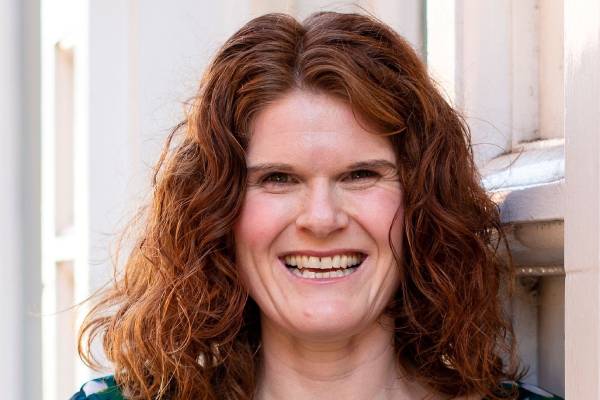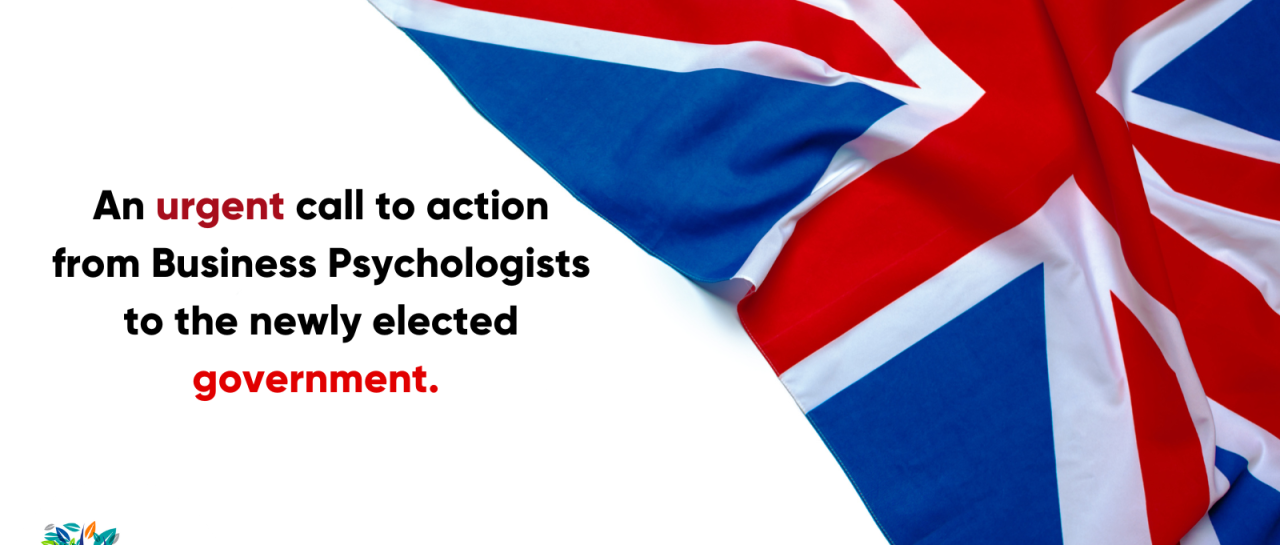Authored by Certified Business Psychologist Laura Howard. Certified Business Psychologist, Laura Howard, reflects on the webinar she recently delivered to ABP members. Below she outlines the main findings of her published research uncovering systematic barriers women face when being authentic as leaders. Importantly, she gives…

Rachael Lewis
Envision
6th May 2020
A strengths based approach is one of the most effective ways to unlock barriers and make a difference in a leadership training situation, argued Rachael Lewis, using examples of her work in developing Hospice leaders.
Background
Rachael became interested in this area following her involvement coaching the Salli Jeynes, The CEO of The End of Life Partnership (ELOP). Working with Salli was hugely inspiring, she has a clear vision of how to transform ways of working across the healthcare setting to support people and their loved ones, at the end of their life experiences. EOLP’s work is transformative and positive because it inspires a more radical and collaborative approach in the sector. Rachael took a position on the Trust Board in order to continue to support the work of EOLP and this bred ideas as to how leadership training in Hospices could be made more effective and aligned to the changing needs of Hospices.
The strong lead from the NHS 10 year plan encourages more service user involvement in care plans, delivery of services outside of traditional clinical settings and more collaborative working between care providers. Many Hospices were setting up Hospice at Home and other outreach services, but they were still finding it hard to move outside of their own geographical boundaries to work with other Hospices.
So what can we expect when engaging with the Hospice sector, what are their strengths and challenges? There are clearly considerable strengths in the sector. There is a strong culture of humility and it attracts people with high levels of modesty, but most notably there is, a sense of moral purpose which is rarely found in overtly commercial organisations. The challenges arise from their high levels of modesty and a reluctance to critique or give feedback to others.
A Strengths Approach
A good place to start to explore a strengths approach is by posing the question, “what does success in management look like?” Naturally, there are different answers: according to Gallup, It can follow from an infinite list of skills knowledge and talent, or a more “niche” finite and classifiable system of strengths (Seligman), or it is totally natural and derives from talent (Buckingham and Coffman). All three have their merits.
However, Linley (2008) formalised these ideas into the more practical concept of performance at work, summarising “authenticity” which enables optimal functioning, development and performance.
In her use of strengths Rachael, has adopted an approach which sees strengths as having a “positive emotional impact”, which can often go underused and undervalued and which can be overplayed. A useful practical example is that a strength can be overplayed: behaviour by leaders can be changed by working on the development of a counterbalancing strength.
The Leadership Programme
Criticisms of previous leadership programmes had been that they were too academic and theoretical so along with an embedded strengths based philosophy, the programme was also built using Kolb’s experiential learning cycle, with the intention of running with several cycles for reflective learning following content input. The underpinning workplace project provided an opportunity to apply skills and strategies explored on the programme.
Another key feature structural feature of the programme aimed to create a learning community, enabling social learning to take place. Priority was placed on creating a safe and trusting environment that facilitated open exploration and sharing of best practice.
The formal content consists of 6 x 1/2 day modules, reflecting the clearly identified needs for hospice leaders including:
* Challenging Performance
* Delegating Effectively
* Motivating others
* Keeping resilient
The learning process was accompanied by the assistance of individual learning “buddies”, to help with reality checking and utilising social learning. In between each module was a 4 week gap where individual practice and reflective practice took place in the form of a learning log. Learning sets met after each module to support the application of learning to the workplace.
Embedding The Strengths Based Approach
This was done using several strategies including:
Pre-work strength based structured interviews were required with their Line Manager and 3 colleagues.
Personal Identification of Strengths was part of the prework reflection and introduction preparation for the programme
Role modelling by the facilitator who used strengths-based questions in response to participant contributions
Input on Strengths based questions was included on the launch model and the benefits of the strengths based approach discussed with the group. A list of questions was included in their workbooks.
Launch event included a session on personal action planning as to how they would find the programme. The questions were strength based e.g. what strengths can I bring to help me during this programme? What will I find most challenging? How can I use my strengths to help me with challenging aspects?
Session Primer questions such as “what has gone well?” were used to open the check in at each module
Strengths questions were included in the introduction to each module eg Delegation:
how do I already do this well? What would I like to do better? What strengths do I have that I could use to help me with this?
Personal Reflection and Action Planning included similar strengths questions
The climax of the learning experience was the “Graduation” event, to which line managers and sponsors were invited. Each participant was invited to present a summary of what they had learned: this was a truly enriching as well as motivating experience, as participants had developed sufficient confidence to talk about their progress and engage with others to discuss elements of the programme.
The programme is subject to continual review and evaluation. For example, formal pre and post programme questionnaires were completed, and the learning logs were fully maintained, emphasising the impact of the programme.
To date 3 cohorts of 12 participants have run with 12 different hospices involved.
Evaluation and Outcomes
The programme managers kept details of pre and post course cohort mean scores (see slides). A key outcome is that almost without exception there were significant improvements in elements, from motivating teams, effective delegation, and having the tools and skills to develop as leaders.
Rachael summarised in tabular format the main impact elements and scores. These included improved morale, improved time management and better use of resources, such as cost reduction through improved productivity and reduced use of agency staff.
A simple example of how the strengths based approach was applied by participants was related to a mattress audit project. This is a crucial area, which has impact on patient comfort and infection reduction. Using a strengths approach the leader identified a person who had previously had been less motivated and asked them to come up with some ideas for improving the auditing of mattresses. This individual became so enthused they then offered to take ownership of the mattress audit process.
How can the project be developed for the future? With any programme there is always room for improvement, and some of the learning sets would benefit from more consistency of facilitator. However, a key change is the means of delivery of the programme because of the impact of COVID-19.
In summary,
* All hospices reported significant positive impact as a result of participation.
* Cohort 2 participants joined the programme with high expectations of engagement, having witnessed benefits with Cohort 1
* Having had 3 cohorts through the programme, word is spreading and other hospices are keen to try the programme for themselves.
* A revised version of the programme is currently being piloted for Nursing Care Home Managers.
To view the slide deck please click here.
RT
06 May 20



